“Explore Sri Lanka’s magnificent heritage sites”
Heritage Sites
Sri Lanka’s Heritage Sites: Preserved for Posterity
Sri Lanka’s rich cultural heritage spans over 2,500 years, encompassing ancient kingdoms, medieval capitals, colonial fortifications, and sacred Buddhist sites of immense spiritual significance. These extraordinary monuments—from the ancient cities of Anuradhapura and Polonnaruwa to the dramatic rock fortresses of Sigiriya and Yapahuwa, from the sacred Temple of the Tooth to the colonial splendor of Galle Fort—represent the architectural genius, artistic excellence, and cultural resilience of successive civilizations that flourished on this island.
The Central Cultural Fund (CCF) serves as the principal custodian of Sri Lanka’s archaeological heritage and UNESCO World Heritage Sites. Established under the Central Cultural Fund Act No. 57 of 1980, the CCF is entrusted with the critical responsibility of conserving, protecting, and managing these irreplaceable cultural treasures for present and future generations. Through scientific conservation, ongoing restoration projects, archaeological research, and sustainable heritage management, the CCF ensures that these monuments retain their authenticity, structural integrity, and cultural significance.
Discover Sri Lanka's Heritage Sites
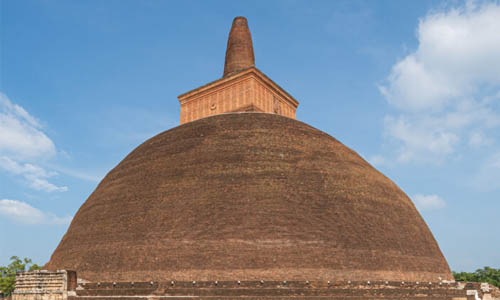
Anuradhapura
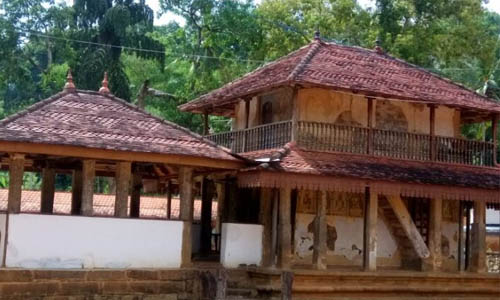
Dambadeniya
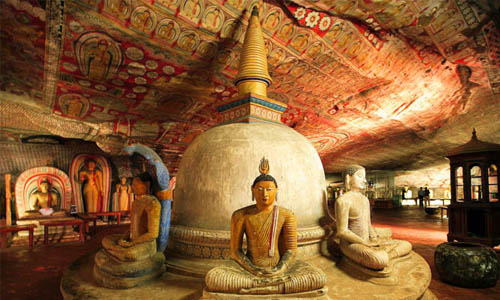
Dambulla Cave Temple
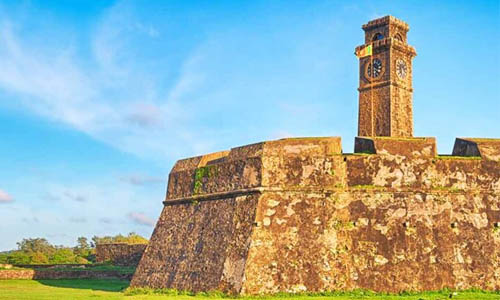
Galle Fort
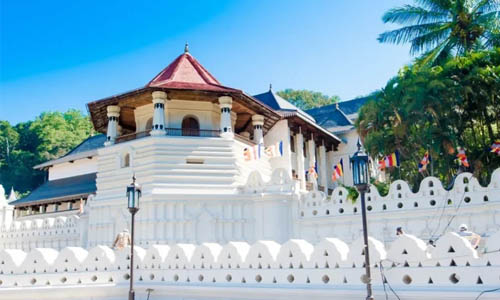
Temple of the Tooth
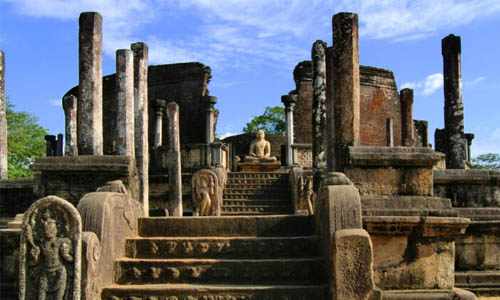
Polonnaruwa
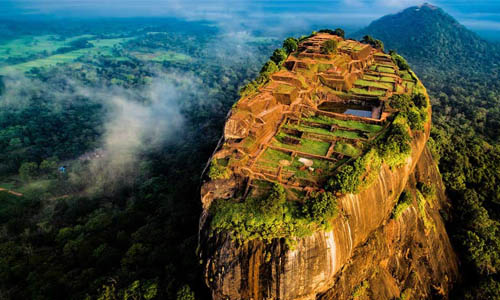
Sigiriya Rock Fortress
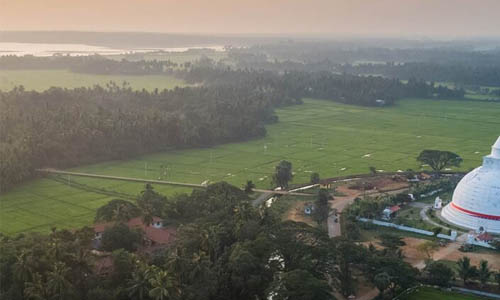
Tissamaharama
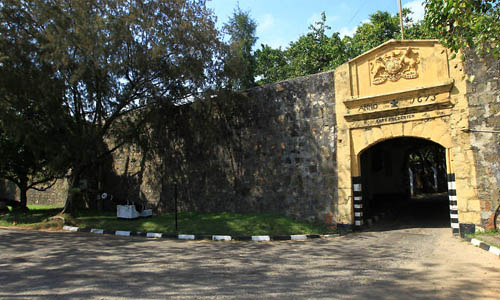
Trincomalee Fort
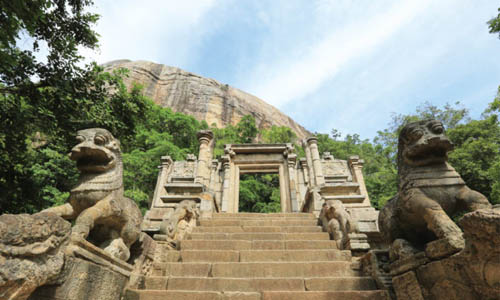
Yapahuwa Rock Fortress
*Photo credits go to the respective owners
Visiting Heritage Sites
Entry to most heritage sites maintained by the Central Cultural Fund requires admission tickets, which can be purchased at site entrances or authorized ticket counters. Ticket revenue directly supports conservation efforts, site maintenance, and heritage preservation activities.
Special Permissions
Certain activities at heritage sites require prior permission from the Central Cultural Fund:
- Professional Photography: Commercial photography projects require advance authorization
- Videography: Professional video recording for commercial, documentary, or broadcast purposes requires written permission
- Aerial Photography and Videography: Drone operations and aerial filming require special permits and must comply with CCF regulations and Civil Aviation Authority guidelines
- Film Productions: Feature films, television productions, and commercial shoots require comprehensive permissions and may involve supervision fees
Applications for special permissions should be submitted to the Central Cultural Fund head office with detailed information about the intended purpose, duration, and scope of activities. Permissions are granted based on conservation considerations and the potential impact on site integrity and visitor experience.
Visitor Guidelines
To preserve these precious heritage sites, visitors are requested to:
- Respect sacred and historical spaces
- Follow site regulations and staff instructions
- Refrain from touching sculptures, paintings, or architectural elements
- Dispose of waste responsibly
- Dress appropriately, particularly at religious sites (covering shoulders and knees)
- Avoid climbing on structures except where specifically permitted
The Central Cultural Fund welcomes visitors from around the world to experience Sri Lanka’s magnificent cultural heritage while ensuring these timeless treasures remain protected for future generations to appreciate and study.
